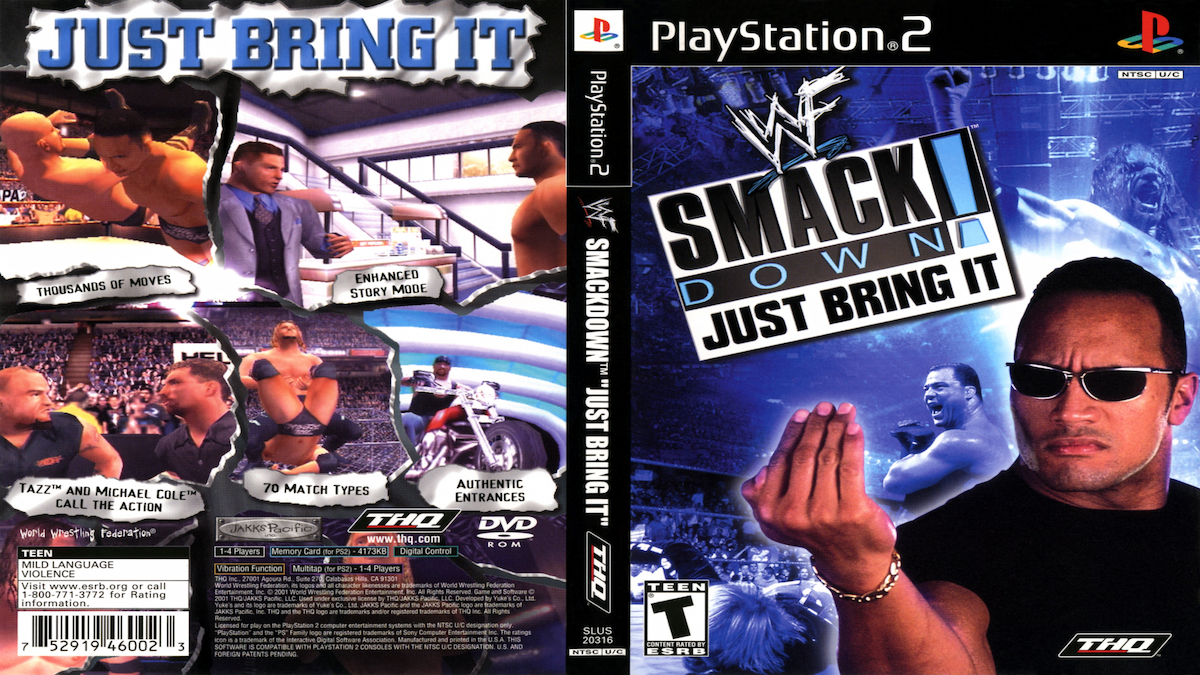
If you are a video game enthusiast, you probably have created ideas for your own game throughout the years. Now, you may want to put these ideas to the test and make your first game.
Easier said than done.
Video game design is a complex craft and just having good ideas will not guarantee the success of your game. In the end, how well you can execute these ideas is what will determine whether your game will thrive.
If you are just starting in game development, we have compiled five quotes from the most accomplished individuals in the industry and explained their meanings, so you can have a better idea of what to do in order to take your game to the next level.

"A game is a set of interesting choices" - Sid Meier
This man is responsible for few of the most successful series of all times, including the Civilization franchise.
When designing a game, it is paramount to understand that players need to have autonomy on how they play.
Even an experience as linear as Call of Duty offers choices. Players must choose which weapon to use, whether to run through the enemies or duck for cover, which flank to attack first and so on.
When designing your game, it is crucial to find ways to add player input to the experience, so you can add depth to your gameplay mechanics. People prefer to engage in activities that allow them to make choices. Keep this in mind when designing your game.
A good exercise is observing a game as you play it and trying to think of how it allows you to choose your own modus operandi.

"When people play games, they have an experience. It is this experience that the designer cares about. Without the experience, the game is worthless." - Jesse Schell
This man is the author of the book The Art of Game Design: A Book of Lenses, which is regarded as the bible of game designers.
A game is an interactive software, but what makes it different than a spreadsheet in your computer, that is also an interactive software?
A game appeals to the senses of the player, via the use of audio and visual elements and through them, game designers create gameplay, environments, narratives and many more elements.
These evoke feelings on the player and what the player feels while playing determines the tone of the experience.
The competitive urge during a match of Overwatch, the emotional roller coaster of The Walking Dead and the comedic elements of Borderlands. These are all elements that set the tone of the game and create the experience.
When designing your game, it is important to remember that you are not merely creating a software, you are crafting an experience, so you must keep in mind ways to evoke feelings on the player, in order to deliver a memorable experience.

"Long lulls where basically all you were doing was doing stuff you had already done before" - Gabe Newell
This quote may seem odd if taken out of context, so allow me to explain it.
This phrase came from the book Rules of Play, written by Katie Salem and Eric Zimmerman and in it, Gabe Newell addressed the challenges of designing Half-Life.
One of the problems faced during the early versions of the game was that it became too repetitive, too quickly. This is a pitfall many games fall into. The core concept may be good, but due to poor execution, it becomes repetitive and the player loses interest.
To fix this problem, developers at Valve implemented a reward schedule in the game.
Have you ever wondered why in most FPS games you usually start with an underpowered weapon? This occurs for two reasons: To give a sense of progression and to give a sense of novelty.
We have learnt that progress creates progress, therefore, in order to keep the player motivated to continue playing, designers only give to players the most basic weapons of the game in the early missions.
As players make their way through the game, they start to acquire a larger and more powerful arsenal and this feeling of progress and earned empowerment motivates players to keep pushing forward. This would not happen, if they had access to the most advanced guns of the game from the start, as the sense of progression would be lost.
This also adds a sense of novelty to the game. Every time players learn a new skill or acquire a new weapon, they need to learn how to use it and this gives to players something new to explore, which would not happen if they had access to the full arsenal from the start to the game. This would also overwhelm the player with too many weapons or skills to explore at once.
This is how Half-Life avoided becoming repetitive. Almost every FPS game that came after used these techniques and you should take this lesson and apply it to your game.

"Computer games are often discussed as an exciting new medium, but its ties to prior forms of play are not automatic" - Mary Flanagan
This quote comes from the book Critical Play: Radical Game Design, written by Mary herself. In this passage of her work, she claims that many aspiring designers study video games, but fail to understand that electronic gaming is an evolution from previous forms of play, including board and dice games.
With this said, there are many valuable lessons that can be taken from these games, but game design students ignore those as they skip them and jump right to video games.
Analogical games can be a great learning tool for aspiring designers, especially when it comes down to understanding how to create rules for a game and how they influence the experience.
In a video game, most of the rules operate "under the hood", with elements such as balance of powers and physics. With this said, it is can be difficult to identify every rule and study how they affect player behavior.
In board games, on the other hand, all of the rules need to be clearly identifiable for players to be able to play, making it easier for an aspiring designer to observe how they impact the game.
Rules are an essential part of any game, whether digital or analogical, therefore, understanding how to craft them and how they affect the system is a basic requirement for any game designer.
If you wish to make a game, even if it is a video game, there is a lot you can learn by studying board games.

"If your aim is to design truly meaningful play for your players, your games should be effective on every possible level" - Eric Zimmerman
Another quote from the book Rules of Play, but this time, from the author himself.
This may seem as an obvious advice, but it is surprising how many aspiring developers usually focus so much on designing the gameplay elements of the game that they forget about everything else.
A game is a system, which requires many small parts to come together and form a unified whole -- the experience. These parts include gameplay elements, audio files, narrative and many more facets of the experience.
Each of these are important for the success of the game, so when making your first game, remember that a memorable experience consists of way more than just gameplay elements to be effective.

Conclusion:
Designing a game is a complex activity, even if you are planning a simple one. It is natural to have a creative block and not know what to do next. It is also normal to have difficulties creating a compelling experience, if you are a novice developer.
We hope that these quotes have offered you some insight on how to craft an engaging game. If you have the time, I recommend that you read the books mentioned in this article, as they will go much further into the insights offered in this list.
It is time to level up!






Published: Jan 26, 2017 11:52 pm